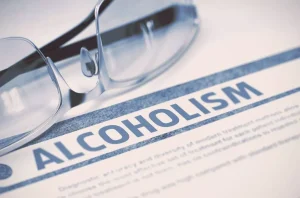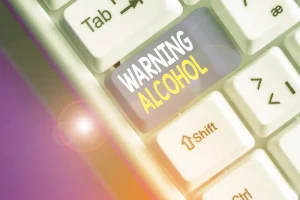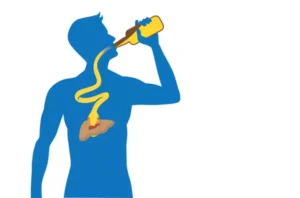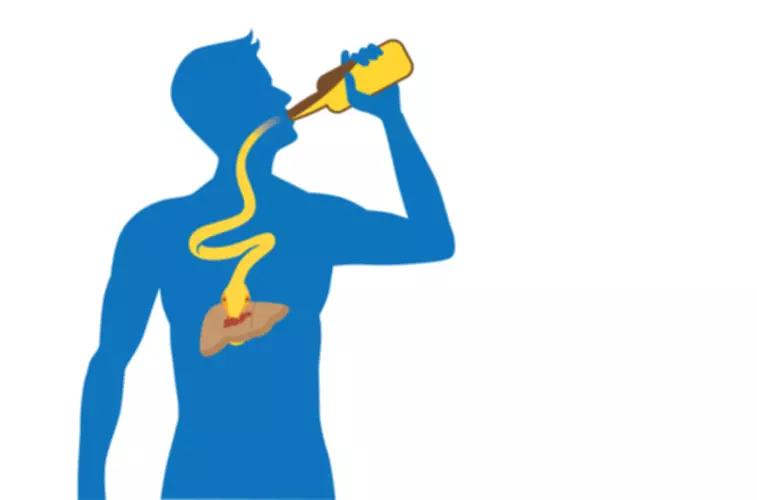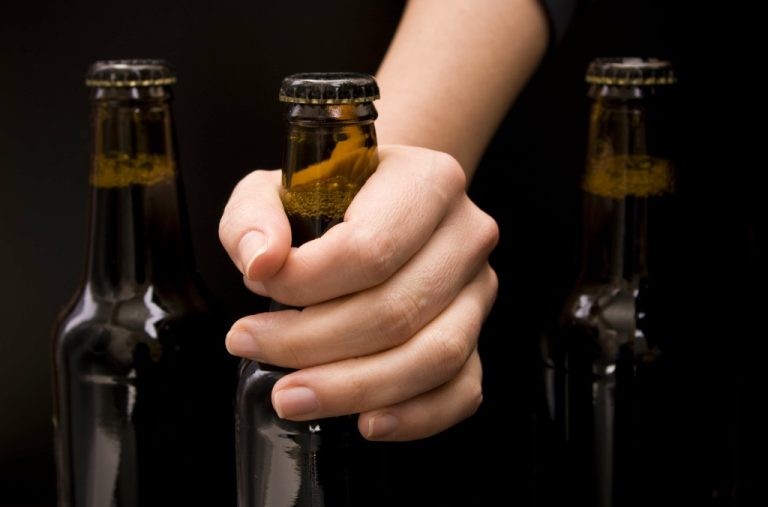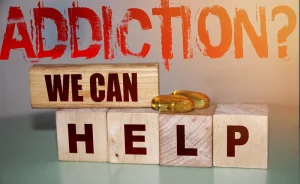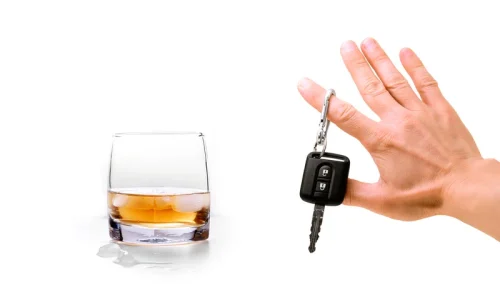
The activity has been proven to be extremely dangerous in many situations, with drunk driving accidents killing thousands of teens each year. Some teenagers are more at risk of developing an alcohol or drug problem than others. The American Academy of Pediatrics (AAP) recommends that teens be screened at each annual medical exam appointment with questionnaires that ask them about substance use and their knowledge of the risks. Marijuana is often thought of as not being “as bad” as other drugs and, in some cases, even good for you.
What Happens When Drugs Are Combined?
Don’t be afraid to be honest with friends and family that use substances; tell them that you’d prefer not to or choose to spend time with them when drugs and alcohol aren’t involved. Caregivers need to have an open line of communication with their teens and teach them about the risks of using drugs. It’s also important to know the signs of drug use and intervene early to help teens who are at risk for or have already developed substance use disorders. If your teen denies using drugs and you think they are lying, communicate the negative consequences of drug and alcohol use.
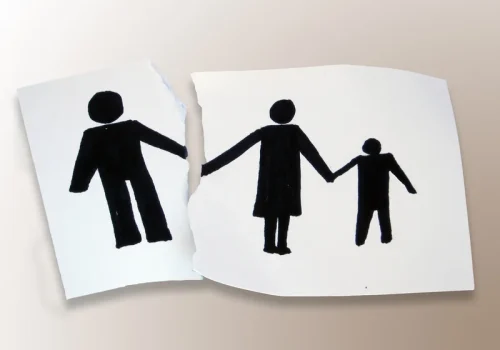
Opioids
Addiction experts, including those at the CDC, urge parents and caregivers to educate kids about the risks of using drugs alone. Half of the teens said they did drugs by themselves, without anyone else around — greatly increasing their risk for deadly overdoses, “especially given the proliferation of counterfeit pills resembling prescription drugs and containing illegal drugs,” the study authors wrote. Less than half (49%) said they drank alcohol and 19% of surveyed teens reported misusing prescription drugs like pain relievers and sedatives. The majority of adults with an addiction first experimented with drugs before they turned 21. The good news is that the rates of teenage drug abuse have been declining.
- First of all, in social-emotional development, adolescents are going to identify more with their peers than to their parents or other adults.
- Findings from these studies also showed greater risk for problem outcomes in children from families with multiple alcoholic parents (two versus one).
- Arkansas, Florida, Hawaii, Illinois, Indiana, Louisiana, Missouri, and Washington reported deaths from counties that accounted for ≥75% of drug overdose deaths in the state in 2017, per SUDORS funding requirements; all other jurisdictions reported deaths from the full jurisdiction.
- Analyses of emergency department visits, hospital admissions, and privately-insured youth found that, compared to prior to the pandemic, the presentation of eating disorders increased sharply for adolescent females.
- Co-occurring risk factors including other forms of parent psychopathology and family adversity including poverty, conflict, and family structure sometimes better explained risk in these children than did the parents’ substance abuse history.
- Let them know what you’ve observed and why you’re concerned, then ask how you can help.
POTENTIAL VULNERABILITIES AMONG CHILDREN OF PARENTS WHO ABUSE SUBSTANCES
If those friends are older, teens can find themselves in situations that are riskier than they’re used to. For example, they may not have adults present or younger teens may be relying on peers for transportation. So if their friends use substances, your teen might feel like they need to https://ecosoberhouse.com/article/dealing-and-leaving-with-an-alcoholic-souse/ as well. Teens may be more likely to try substances for the first time when hanging out in a social setting.


And they are moving towards autonomy and trying to figure out their identity and figure out themselves. Educating adolescents about the dangers of IMFs and counterfeit pills, working with public safety to reduce availability of illicit drugs, and ensuring access to evidence-based substance use and mental health treatment could save lives. First, analyses included 32 to 47 jurisdictions; results might not be generalizable to the entire United teen drug abuse States or to other jurisdictions. Second, toxicology testing might differ over time and across jurisdictions; thus, emerging drugs, including new IMFs, might not have been identified.
Preventing Drug Misuse and Addiction: The Best Strategy
Moreover, the studies collectively cover a broad age range to assess child and adolescent development (ages 2 through 17 in these analyses). In sum, children of substance abusing parents show increased risk for emotional, behavioral, and social problems. In some cases, these problems may emerge in early childhood and persist through adolescence. Several factors contribute to variability in this risk, however, including co-occurring parental psychopathology, the number of alcoholic parents in the family, and the recovery status of the problem drinking parent. It will be critical for future researchers and treatment providers to consider these factors that contribute to risk and which also explain part of the variability in outcomes among children of substance abusing parents. Parents and their children who face these multiple risk factors may likely need additional support from treatment providers.
Children’s health information and parenting tips to your inbox.

There can also be legal issues if a teen is using someone else’s prescriptions. Drug and alcohol use can lead to substance use disorder as well as the specific health risks of the substance being abused. For the purposes of addressing HIV and STD prevention, high-risk substance use is any use by adolescents of substances with a high risk of adverse outcomes (i.e., injury, criminal justice involvement, school dropout, loss of life). Help prevent teen drug abuse by talking to your teen about the consequences of using drugs and the importance of making healthy choices. Teens who experiment with drugs and other substances put their health and safety at risk. The teen brain is particularly vulnerable to being rewired by substances that overload the reward circuits in the brain.
These children are 2.7 times more likely to be physically or sexually abused and 4.2 times more likely to be neglected than children who do not live with a substance abusing parent 78,79. In addition, substance abusing parents are at greater risk for multiple child maltreatment allegations, being more likely than other parents to have a second child maltreatment report filed against them 80,81. An estimated 11 percent of children in the US grow up in the home of an adult with a substance abuse history or current addiction 8.

